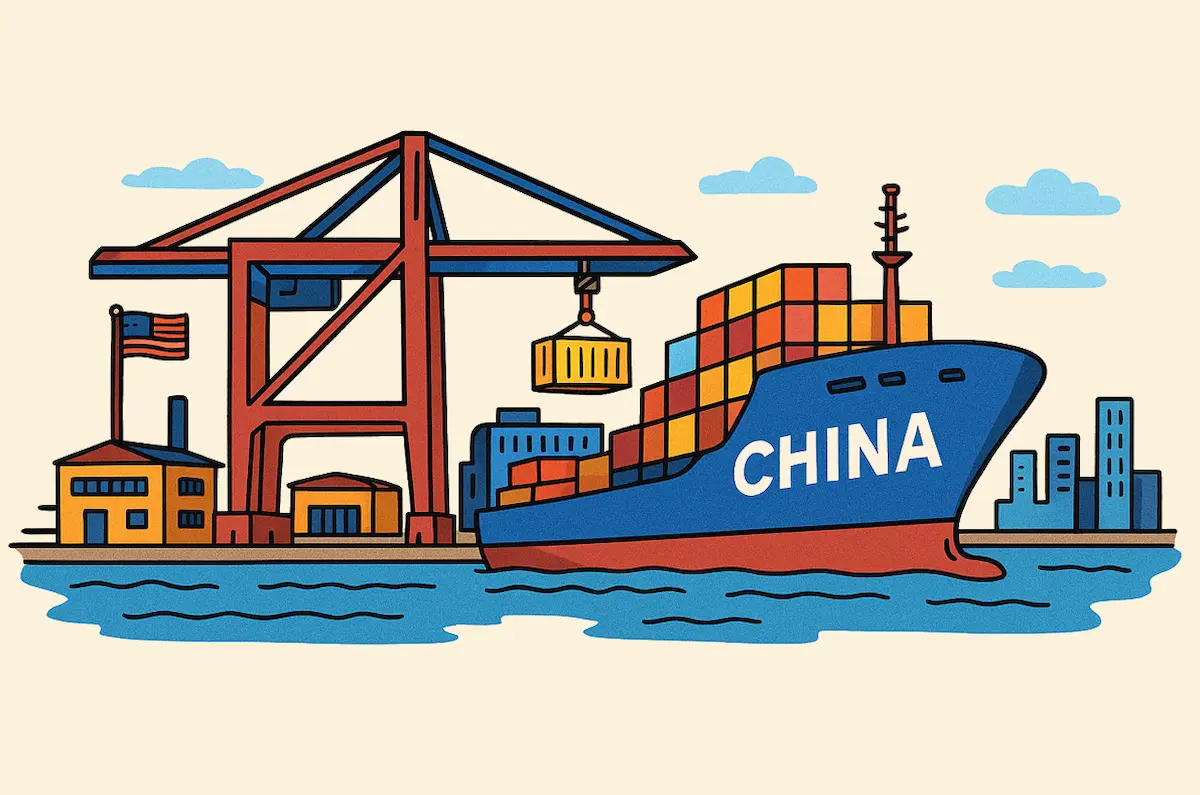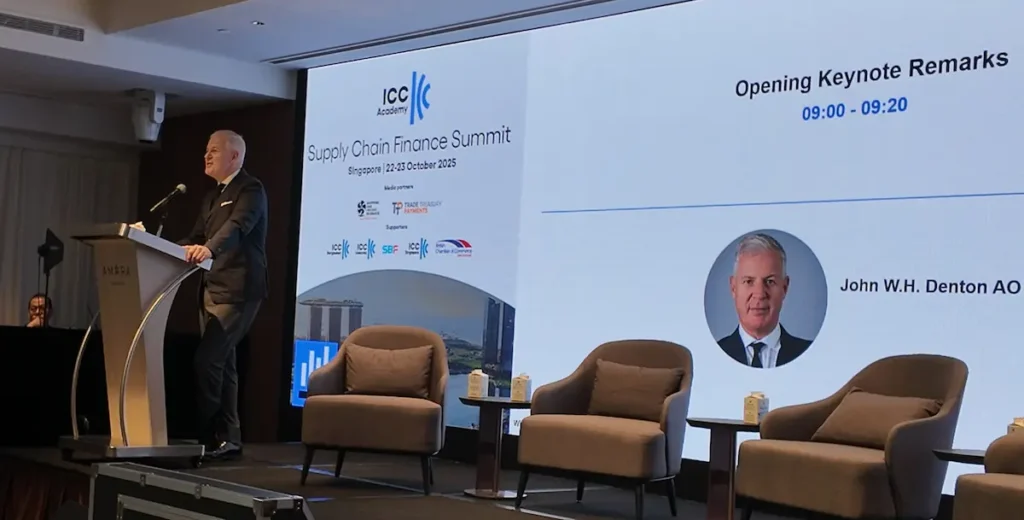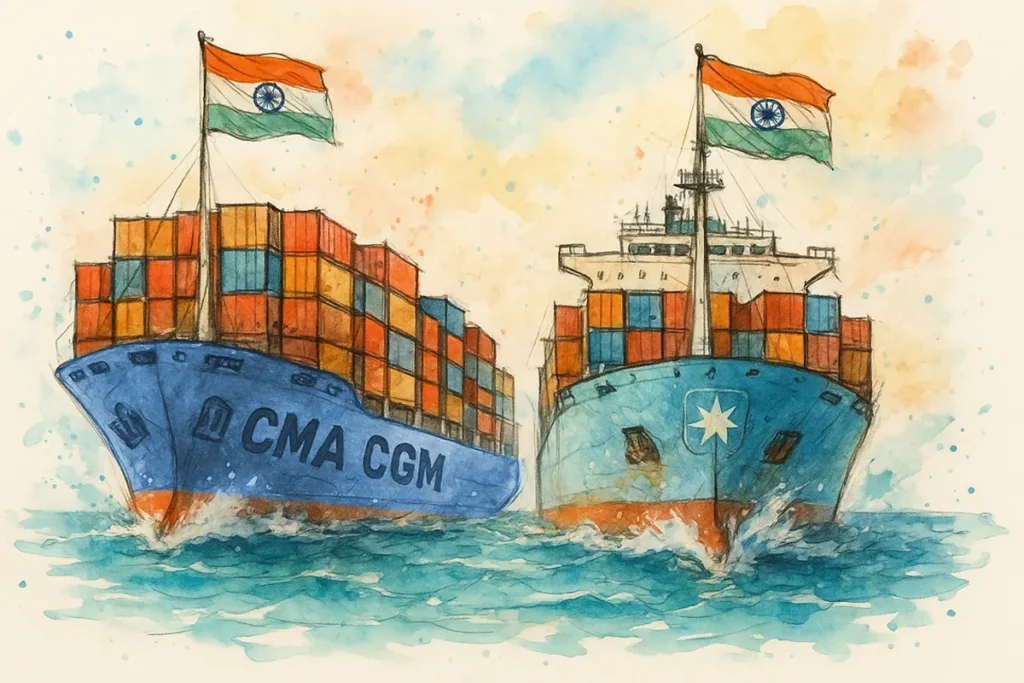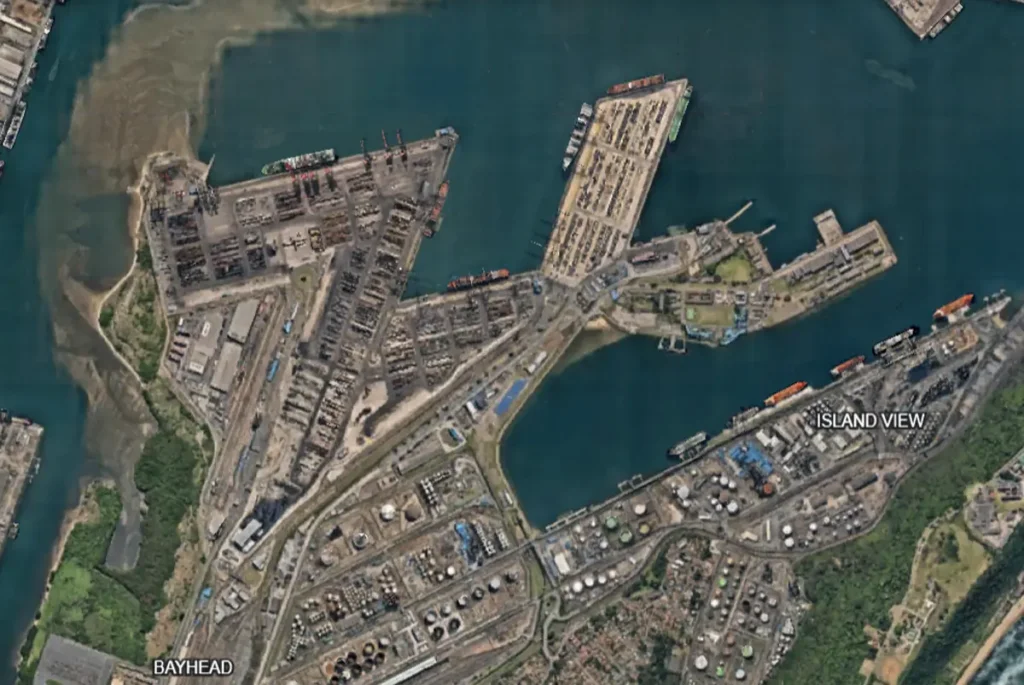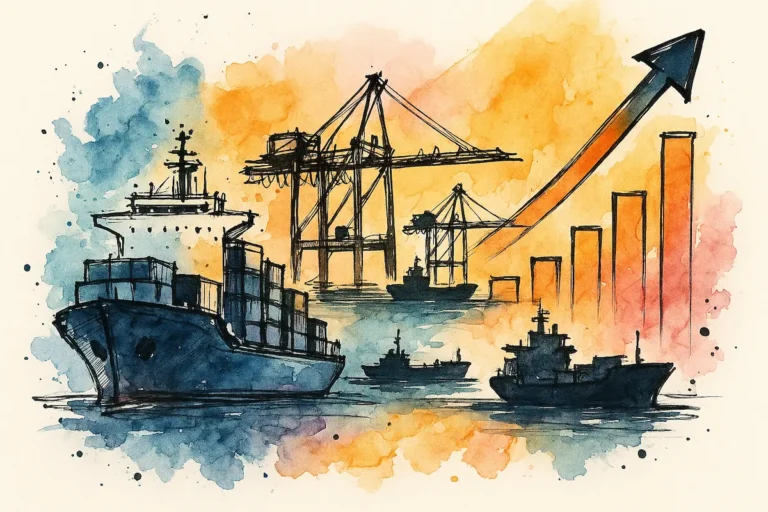What happens when trade policy meets tugboats, tariffs tango with tonnage, and geopolitics docks at the port terminal..??
We get what’s arguably one of the most consequential developments in maritime trade since the advent of containerisation—the United States’ sweeping action against China’s grip on global shipbuilding, logistics, and maritime infrastructure..
On April 17, 2025, the Office of the United States Trade Representative (USTR) released a Section 301 determination and proposed actions targeting China’s long-term strategy to dominate the maritime supply chain—an issue that has been quietly growing for over two decades.
The move comes with a detailed package of service fees, import restrictions, and proposed tariffs on Chinese-built vessels, ship-to-shore cranes, and other cargo-handling equipment..
But what does all this mean for the shipping industry..?? How will this affect carriers operating Chinese-built vessels..?? What does it mean for American consumers, and what larger lessons can we draw from it for global maritime resilience..??
The backdrop: Decades of Chinese maritime dominance
As per the USTR, China’s ascent in the maritime world wasn’t accidental.. It was the result of deliberate, state-driven industrial planning targeting not just market share, but total control of the maritime value chain: ships, ports, containers, chassis, and even digital logistics platforms like LOGINK..
The USTR’s investigation, prompted by a Section 301 petition from major U.S. labour unions, concluded that China now:
-
Builds over 50% of the world’s commercial ships (up from less than 5% in 1999)
-
Owns over 19% of the global commercial fleet
-
Manufactures 95% of shipping containers and over 70% of ship-to-shore cranes
In short, global shipping has become China-centric—a reality that raises serious concerns about supply chain dependencies, commercial imbalances, and even national security vulnerabilities..
The action: A multi-pronged strategy by the USTR
The U.S. Trade Representative has laid out a three-tiered action plan to counter this dominance
-
Service Fees – Applied to:
-
Chinese vessel operators and owners
-
Vessels built in Chinese shipyards
-
Operators of foreign-built vehicle carriers
-
-
Mandatory Restrictions – Starting in 2028, a portion of U.S. Liquefied Natural Gas (LNG) exports must move on U.S.-built, U.S. flagged ships.
-
Proposed Tariffs – Up to 100% duties on ship-to-shore cranes, containers, and other cargo handling gear made in China or by Chinese-controlled firms..
These measures are phased in to avoid market shocks, but the intent is clear: reduce America’s reliance on China in critical maritime sectors and promote the revitalisation of domestic shipbuilding..
The implications for carriers and operators
For global carriers—particularly those operating large numbers of Chinese-built vessels—the immediate concern is the financial burden of new service fees, especially after the 180-day grace period ends in October 2025..
Let’s put this in perspective:
-
From October 2025, Chinese-owned or operated vessels entering U.S. ports will be charged USD 50 per net ton, increasing to USD 140 by April 2028, regardless of where the vessel was built.. The original proposal was for a fee of up to USD 1,000 per net ton or USD 1 million per entry..
-
For Chinese-built vessels, operators will pay the higher of USD 18 per net ton or USD 120 per container starting October 2025, rising to USD 33 per net ton or USD 250 per container by April 2028.. The initial proposal suggested a flat fee of USD 1.5 million..
-
Vehicle carriers that aren’t U.S.-built will be charged $150 per CEU starting in October 2025..
While some operators can apply for fee remissions, especially if they commit to ordering U.S.-built vessels, it is a significant disincentive for fleet expansion using Chinese yards..
It also reshapes procurement calculus for shipping lines and may even affect vessel deployment strategies, particularly for transpacific trades..
For U.S. shippers and importers: Will costs rise..??
Unavoidably, yes—at least in the short to medium term..
While the action aims to level the playing field, the near-term result could be higher freight rates for importers and exporters, especially those dependent on bulk and containerised cargo routes served by Chinese built or operated vessels..
There are also fears of port call reductions, especially to smaller U.S. ports, as carriers may consolidate calls to optimise fee exposure.. Think of it as a “port version” of airline route rationalisation.. That, in turn, could impact port jobs, regional economies, and hinterland supply chains..
However, over the long term, if the policy achieves its goal of incentivising U.S. shipbuilding and regional fleet growth, it could strengthen maritime sovereignty and supply chain resilience, both for the U.S. and its allies..
What it means for global shipping: A new realignment
This isn’t just a U.S.–China issue. The U.S. actions could also result in the rest of the maritime world facing a question:
Can the global industry afford to be so dependent on one country for ships, cranes, containers, and digital systems..??
This U.S. action could signal the start of a broader realignment in global ship procurement, favouring diversification of suppliers—think South Korea, Japan, and even shipbuilding revival policies in Europe or emerging nations..
And if tariffs on Chinese ship-to-shore cranes take hold, we may even see port equipment buyers rethink vendor selection, factoring not just cost, but country of origin and potential geopolitical risk..
Digital platforms in the crosshairs: What about LOGINK..??
One of the more subtle yet profound areas the USTR report touches on is LOGINK, the Chinese digital logistics platform that integrates port, customs, and supply chain data..
While it’s not subject to direct restrictions yet, the notice makes it clear that future actions may include limiting its reach..
This is no small matter.. Whoever owns the logistics data flows owns influence over trade dynamics.. And that’s a strategic frontier we’ll hear more about in months to come..
The bigger message: Maritime policy is now a U.S. national strategy
This Section 301 action is not just a trade tool, it’s a signal that maritime policy is a U.S. national strategy which touches on
-
National security: by reducing reliance on foreign-made vessels and components
-
Economic policy: by revitalising U.S. shipbuilding and port infrastructure
-
Allied coordination: by inviting other nations to align with U.S. policy and diversify away from China
What happens next..??
Stakeholders have until May 19, 2025, to submit comments, and a public hearing is scheduled to gather feedback from across the ecosystem..
Meanwhile, industry players should:
-
Assess exposure to Chinese-built ships or Chinese-linked operators
-
Review contract clauses and surcharge pass-throughs
-
Monitor U.S. policy alignment with allies in Europe and Asia
-
Start building long-term strategies around fleet diversification and port selection

